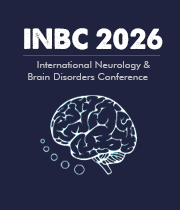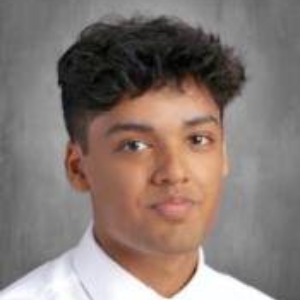Title : Neorhythm: A neurocardiac electrophysiology based explainable EEG and ECG system for detection of neonatal seizures
Abstract:
Neonatal seizures go frequently undetected since an estimated 85% lack obvious clinical signs. This poses significant risk of severe neurological damage or mortality if not promptly diagnosed and treated. Existing technologies are complex and rely on expert interpretation, which is costly and inconsistent. Current neonatal seizure detection algorithms lack basis in seizure physiology, rendering them opaque to Neonatal Intensive Care Unit (NICU) physicians. This undermines clinician confidence and limits adoption in clinical practice. NeoRhythm, a novel seizure detection system is proposed. It is the first AI-driven system to integrate electrocardiogram (ECG) data with electroencephalographic (EEG) signals via a multimodal fusion deep-learning (DL) architecture. We hypothesize that integrating physiologically based multi-modal data within an explainable deep-learning framework yields enhanced seizure detection accuracy and transparent clinical insights. We employed four-step engineering methodology that begins with robust data preprocessing (filtering, segmentation, artifact removal), proceeds to deep-learning model training to address class imbalance, integrates explainable AI (XAI) to provide clinically interpretable justifications, and concludes with clinical protocol that centralizes signal acquisition and interpretability. Experimental results demonstrate that incorporation of ECG into EEG-based detection algorithms improves performance across benchmark models. Fusion architecture yields 94.9% sensitivity and 94.2% specificity, outperforming the current standard of care. Explainability features provide clinicians with transparent insights into physiology-based decision-making, building trust. Neurocardiac correlates provide confirmatory markers of seizure, augmenting deep-learning based models. NeoRhythm builds on existing vital-sign monitors and may assist resource-limited NICUs that lack on-site neurologists. NeoRhythm has the potential to improve neurological outcomes for newborns globally.




